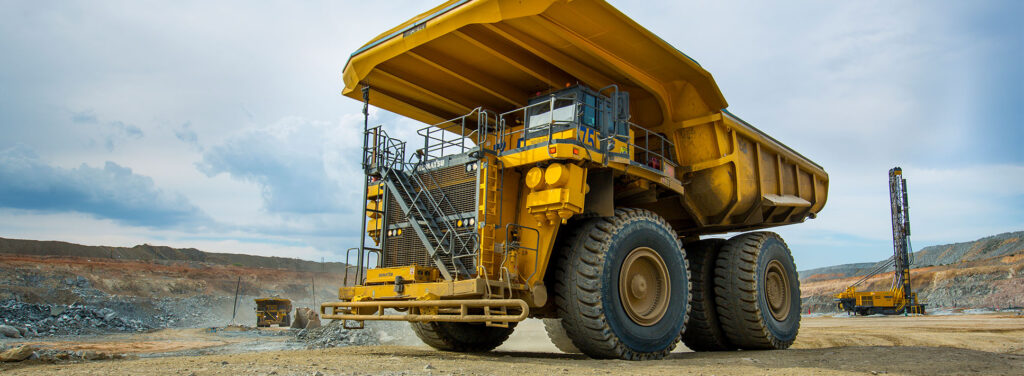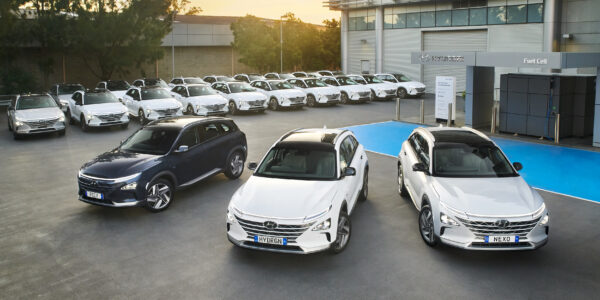Hydrogen for haul trucks
- PostedPublished 17 June 2020
World’s largest hydrogen-powered haul truck now under development
Mining multinational Anglo American has announced that it is partnering with Williams Advanced Engineering to aid in the development of its hydrogen-powered electric mining haul truck.
The project is part of the global mining company’s ‘FutureSmart Mining’ concept, which aims to develop a sustainable approach to mining – and includes goals such as reducing its net greenhouse gas emissions by 30 per cent.
Britain-based Williams Advanced Engineering (WAE), which supplies batteries to the FIA Formula E series, will develop and produce a high-power lithium-ion battery system for the project.
It will be both scalable and modular, granting improved flexibility, and will be combined with a hydrogen fuel cell module.
Together, these will replace the truck’s original power-generating diesel engine and energise its propulsion motors.
WAE claims the energy storage offered by its system will exceed 1000kWh, all of which will be controlled by a high-voltage power distribution unit.
For comparison, a new Tesla Model 3 packs a maximum of 75kWh.

The hydrogen fuel cell for haul trucks will be developed by French energy multinational ENGIE, which is currently developing both local and global large-scale hydrogen solutions.
Using a fuel cell will not only result in zero harmful emissions and lower noise, but it will also help minimise maintenance costs and aid Anglo American in its efforts to develop a carbon-neutral mine site.
The heavy-duty fuel cell electric vehicle (FCEV) will also feature regenerative braking, which will help the haul truck to recover otherwise wasted energy as it travels downhill – reducing fuel costs and downtime replacing brake components.
WAE further points out that the system will match the robustness of conventional industrial diesels, ensuring reliability in harsh environments.
A prototype of the power unit is scheduled to be fitted into an existing ultra-class haul truck – a classification that entails a payload greater than 272 tonnes – later this year.
Trials will then begin at Anglo American’s flagship Mogalakwena platinum metals mine, based in Mokopane, South Africa.
The company also intends to study how the power units could be used for energy storage in second-life applications, furthering the sustainability and usefulness of this technology.
Thumbs up for Bortana EV ute
Australian mining safety company Safescape has been demonstrating the capabilities of its prototype all-electric ute, which is called the Bortana EV – and operators are reportedly impressed by its capabilities.
In an interview with International Mining, Dean Will, chief operating officer of Australian nickel production company Mincor, said: “The performance of the vehicle generally, and in particular through the worst road conditions, far exceeded our expectations.”
The Bortana EV, which is designed specifically for underground mining operations, is based on the Brazilian heavy-duty Agrale Marruá utility vehicle – and features batteries and electric vehicle-specific components from Australian specialists 3ME Technology.

Its zero-emissions nature and low thermal output make it ideal for underground use, while its reduced maintenance needs and increased reliability bolster its appeal further.
Trials are to continue throughout the year, with up to 20 Bortana EV prototypes being tested at mines across Australia.
Digging autonomy
The mining industry is an excellent test bed for self-driving technology, according to an article published by US-based publication Wards Auto.
Many mines already use unmanned fully autonomous vehicles and it is suggested that the ongoing usage, testing and refinement of such machines could prove key to deploying autonomous road vehicles; advancements in accuracy, safety, communications and control systems could all prove transferable and essential to road-going applications.
According to New Equipment Digest, most mining equipment will be automated in five years. As a result, increasing and ongoing development could accelerate progress of technology in the automotive sector.
- CategoriesIn SightGlass
- TagsHydrogen, hydrogen fuel cell, hydrogen trucks, mining, SightGlass News Issue 20





